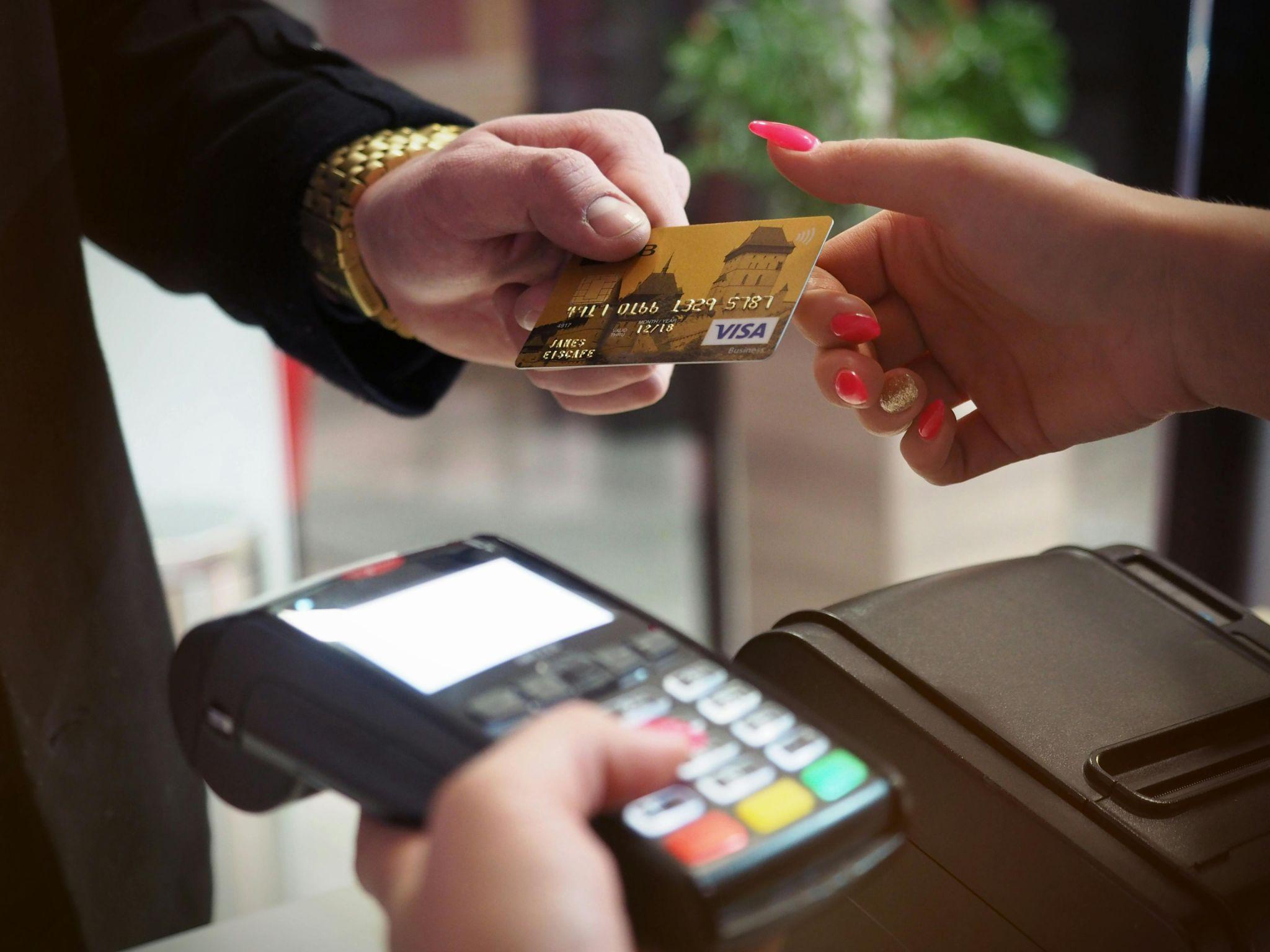
The digital economy faces a persistent challenge: establishing trust in online transactions without relying on centralized intermediaries. As fraud losses in digital payments exceeded $32 billion globally in 2024, organizations and consumers alike seek more robust security mechanisms. Blockchain technology has emerged as a compelling solution, offering a decentralized architecture that fundamentally reimagines how we verify, record, and secure digital exchanges. This article examines blockchain’s technical foundations, its security advantages, real-world applications, inherent limitations, and the criteria for evaluating its effectiveness in protecting online transactions.
Foundations: How Blockchain Works & Its Core Security Features
Before understanding how blockchain secures transactions, we must grasp its fundamental architecture and the cryptographic principles that underpin its security model.
What is a blockchain? Structure, nodes & ledger
A blockchain is a distributed ledger composed of cryptographically linked blocks, each containing batches of validated transactions. This ledger is maintained across a network of independent nodes—computers that store, validate, and synchronize copies of the entire transaction history.
| Component | Role | Security Purpose |
|---|---|---|
| Block | Container for transactions with metadata | Groups transactions into verifiable units with timestamps |
| Chain | Cryptographic links between blocks | Creates tamper-evident history through sequential hashing |
| Node | Independent computer maintaining ledger copy | Eliminates single point of failure through redundancy |
| Transaction | Record of value or data transfer | Immutable entry once confirmed by network consensus |
Cryptographic primitives: hashing, digital signatures & public-private keys
Blockchain security relies on several cryptographic mechanisms:
- Cryptographic hashing: Each block contains a hash of the previous block, creating an unbreakable chain where modifying any historical data invalidates all subsequent blocks
- Digital signatures: Transactions are signed with private keys, proving ownership and preventing repudiation
- Public-private key pairs: Users control assets through private keys while public keys serve as transparent addresses
- Merkle trees: Efficiently verify transaction integrity within blocks without processing entire datasets
Consensus mechanisms & tamper resistance
Consensus protocols enable distributed nodes to agree on transaction validity without central authority. Different mechanisms offer varying security and performance tradeoffs:
| Mechanism | Energy Consumption | Primary Security Feature | Attack Surface |
|---|---|---|---|
| Proof of Work (PoW) | Very High | Computational difficulty makes attacks expensive | 51% hash power control |
| Proof of Stake (PoS) | Minimal | Economic penalties for malicious behavior | 51% stake accumulation |
| Delegated PoS | Low | Reputation-based validator selection | Validator collusion |
| Byzantine Fault Tolerance | Moderate | Multiple voting rounds | Network partition vulnerabilities |
Security Advantages: Why Blockchain Can Strengthen Online Transactions
Blockchain’s architecture introduces several structural security benefits that address vulnerabilities in traditional centralized systems.
Immutability & tamper proof record
Once transactions achieve consensus and are added to the blockchain, altering them requires recalculating all subsequent blocks and convincing the majority of network nodes to accept the fraudulent chain—a computationally impractical feat in mature networks. This immutability blocks:
- Retrospective record modification
- Transaction history falsification
- Post-settlement fraud
- Double-spending attacks
- Unauthorized data deletion
Decentralization & eliminating single point of failure
By distributing the ledger across thousands of independent nodes, blockchain removes the catastrophic risk of central server compromise. Attackers cannot shut down the network by targeting a single entity, and no administrator holds unilateral power to manipulate records or freeze accounts arbitrarily.
Transparency and auditability
Public blockchains provide unprecedented transaction visibility, enabling stakeholders to verify operations independently. Key benefits include:
- Real-time fraud detection through pattern analysis
- Complete transaction traceability from origin to destination
- Simplified dispute resolution with verifiable evidence
- Regulatory compliance through auditable records
- Enhanced accountability for all network participants
Smart contracts & automated trust
Smart contracts are self-executing programs that automatically enforce predetermined conditions when triggered. This programmable logic reduces human error and eliminates intermediary manipulation:
- Parties encode transaction terms in smart contract code
- Contract deploys to blockchain with transparent, immutable logic
- Network monitors for triggering conditions
- When conditions are met, contract executes automatically
- Results are recorded permanently on the ledger
Real-World Applications: Blockchain Securing Online Transactions Across Industries

Blockchain’s theoretical security advantages manifest in practical applications across diverse sectors.
Financial services & payments
The financial industry has pioneered blockchain adoption for:
- Cross-border remittances with reduced fees and settlement times
- Stablecoin transactions combining cryptocurrency speed with fiat stability
- Securities settlement replacing T+2 clearing with near-instantaneous finality
- Syndicated loans with shared, real-time loan data among participants
- Trade finance automating letter of credit verification
E-commerce & digital marketplaces
Online retailers leverage blockchain to enhance transaction security through escrow smart contracts that hold payments until delivery confirmation, tokenized loyalty programs preventing point manipulation, and decentralized marketplaces eliminating platform intermediaries who control payment flows and customer data.
Identity verification & authentication
Blockchain enables self-sovereign identity systems where users control their credentials without centralized identity providers, reducing identity theft risk in online transactions. Organizations can verify attributes without storing sensitive data, and authentication systems can prevent credential reuse across platforms.
Supply chain & provenance
Tokenizing physical goods on blockchain creates immutable provenance records, ensuring authenticity in online purchases of luxury goods, pharmaceuticals, and electronics. Each transaction in the supply chain updates the digital twin, making counterfeiting detectable.
Challenges, Risks & Limitations of Blockchain Security
Despite compelling advantages, blockchain technology faces significant obstacles that constrain its security effectiveness.
Scalability, throughput & latency constraints
| Limitation | Impact | Typical Performance | Tradeoff |
|---|---|---|---|
| Block size | Restricts transactions per block | 1-7 MB | Larger blocks strain node requirements |
| Block time | Determines confirmation speed | 10 sec – 10 min | Faster blocks reduce security guarantees |
| Network congestion | Increases fees, delays | Variable | Higher throughput often sacrifices decentralization |
| State growth | Blockchain size expansion | 100+ GB annually | Full nodes become expensive to operate |
Smart contract vulnerabilities & code bugs
Programming errors in smart contracts create exploitable security gaps:
- Reentrancy attacks: Recursive calls draining contract funds
- Integer overflow/underflow: Arithmetic errors manipulating values
- Access control flaws: Unauthorized function execution
- Logic errors: Unintended behavior from design mistakes
- Front-running: Transaction ordering exploitation
51% attacks, consensus capture, governance risks
When malicious actors control majority consensus power, they can:
- Double-spend transactions by reversing confirmed blocks
- Censor specific transactions or participants
- Monopolize mining/validation rewards
- Halt network progress through denial-of-service
Smaller networks face heightened risk as concentrating requisite attack resources becomes economically feasible.
Privacy vs transparency tradeoffs
Public ledgers expose transaction patterns that enable tracking participants despite pseudonymous addresses. Blockchain analysis firms routinely deanonymize users, creating surveillance risks that contradict financial privacy expectations. Privacy-enhancing protocols like zk-SNARKs (zero-knowledge succinct non-interactive arguments of knowledge) enable transaction validation without revealing details, but add complexity and computational overhead.
Regulatory, interoperability & adoption obstacles
Blockchain deployment faces practical barriers:
- Legal ambiguity around smart contract enforceability
- Jurisdictional conflicts in cross-border networks
- Incompatible standards between blockchain platforms
- Integration complexity with legacy enterprise systems
- User experience friction deterring mainstream adoption
Assessing Blockchain Solutions: How to Evaluate Security Claims

Organizations considering blockchain must critically evaluate vendor promises against concrete security criteria.
Audits, formal verification & third-party review
Evaluation checklist:
- Has the codebase undergone independent security audits by reputable firms?
- Are audit reports publicly available with identified vulnerabilities addressed?
- Does the project employ formal verification methods proving code correctness?
- Is there an active bug bounty program incentivizing vulnerability disclosure?
- What is the track record of the development team and auditors?
Decentralization and node diversity
Genuine decentralization requires examining validator distribution: number of independent nodes, geographic dispersion, stake concentration metrics (Nakamoto coefficient), and ownership transparency. Networks dominated by few entities inherit centralized vulnerabilities despite distributed architecture.
Governance, upgradeability & transparency
Secure blockchain governance establishes clear processes for protocol modifications, with stakeholder voting mechanisms, upgrade testing periods, and emergency pause capabilities controlled by multi-signature requirements rather than single administrators.
Use case fit & cost-benefit analysis
| Use Case | Blockchain Appropriate? | Advantages | Disadvantages |
|---|---|---|---|
| High-value, infrequent transfers | Yes | Security justifies cost | Transaction fees acceptable |
| Micropayments | Limited | Immutability valuable | Fees exceed transaction value |
| High-throughput retail | No | Transparency beneficial | Latency unacceptable |
| Multi-party reconciliation | Yes | Shared truth reduces disputes | Coordination complexity |
Best Practices & Strategies for Secure Blockchain-Based Transaction Systems
Implementing blockchain effectively requires complementary security measures and rigorous development practices.
Defense in depth: combining blockchain with traditional security
Blockchain should augment, not replace, conventional security. Layer network firewalls, encrypt data at rest and in transit, implement multi-factor authentication, conduct regular penetration testing, and maintain offline backup systems independent of blockchain infrastructure.
Secure smart contract design & testing
Adopt modular architecture separating logic from data storage, implement upgrade mechanisms for bug fixes, use established libraries rather than custom cryptographic code, conduct comprehensive unit and integration testing, and establish continuous audit cycles for evolving codebases.
Monitoring, alerting & incident response
Blockchain-specific incident response steps:
- Deploy monitoring tools tracking unusual transaction patterns and smart contract interactions
- Establish alerting thresholds for anomalous activity (volume spikes, failed transactions, consensus irregularities)
- Create incident response playbook addressing blockchain-specific scenarios (smart contract exploitation, consensus attacks)
- Maintain emergency procedures for pausing contracts or implementing coordinated hard forks
- Conduct post-incident forensics using blockchain transparency for comprehensive attack reconstruction
Upgradability & governance safeguards
Implement governance tokens distributing decision authority, establish time-locked upgrade windows enabling community review, deploy multi-signature controls requiring multiple parties to authorize critical changes, and maintain rollback capabilities for catastrophic failures.
Future Trends: Evolving the Role of Blockchain in Transaction Security
Blockchain security continues evolving through technological innovation addressing current limitations.
Layer-2 solutions & scaling security
Rollups (optimistic and zero-knowledge) process transactions off-chain while inheriting main chain security, sidechains enable experimentation with alternative security models, and state channels facilitate instant micropayments between parties with final settlement on blockchain.
Privacy enhancements & zero knowledge proofs
Technologies like zk-SNARKs and zk-STARKs enable transaction validation without revealing amounts, participants, or contract logic. Confidential transactions hide values while maintaining supply verification, balancing transparency’s accountability benefits with privacy requirements.
Interoperability & cross-chain security
Atomic swaps enable trustless exchange between blockchains, bridging protocols facilitate asset transfers across networks, but introduce new attack surfaces at connection points. Cross-chain security remains an active research frontier with significant vulnerabilities in existing implementations.
Integration with AI, IoT & real-world assets
Blockchain will increasingly secure machine-to-machine commerce where autonomous devices transact directly, tokenized real-world assets bringing securities and property onto distributed ledgers, and AI agent transactions requiring verifiable audit trails for algorithmic decision-making.
Conclusion
The role of blockchain in securing online transactions extends beyond simple cryptographic protection to fundamentally restructuring trust mechanisms in digital commerce. Its combination of immutability, decentralization, transparency, and programmable logic offers compelling advantages over centralized architectures vulnerable to single points of failure and administrative manipulation. However, blockchain’s security value depends critically on implementation quality, smart contract correctness, sufficient decentralization, and appropriate use case selection. As Layer-2 scaling, privacy enhancements, and interoperability mature, blockchain’s security contributions will expand—but thoughtful evaluation remains essential. Organizations must assess blockchain solutions against rigorous criteria, implement defense-in-depth strategies, and recognize that this technology complements rather than replaces comprehensive security programs. The future of secure online transactions will likely involve hybrid architectures leveraging blockchain’s unique strengths while acknowledging its limitations.